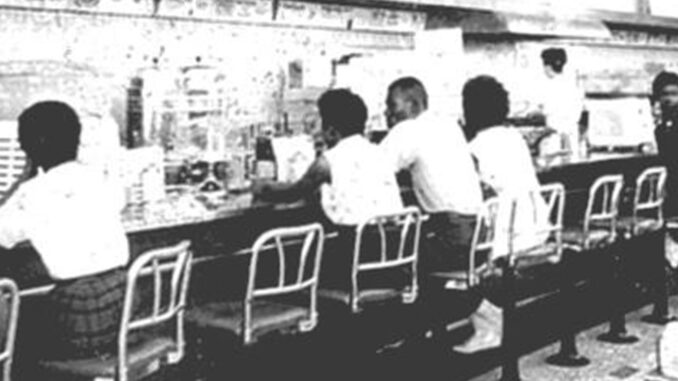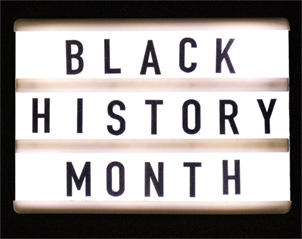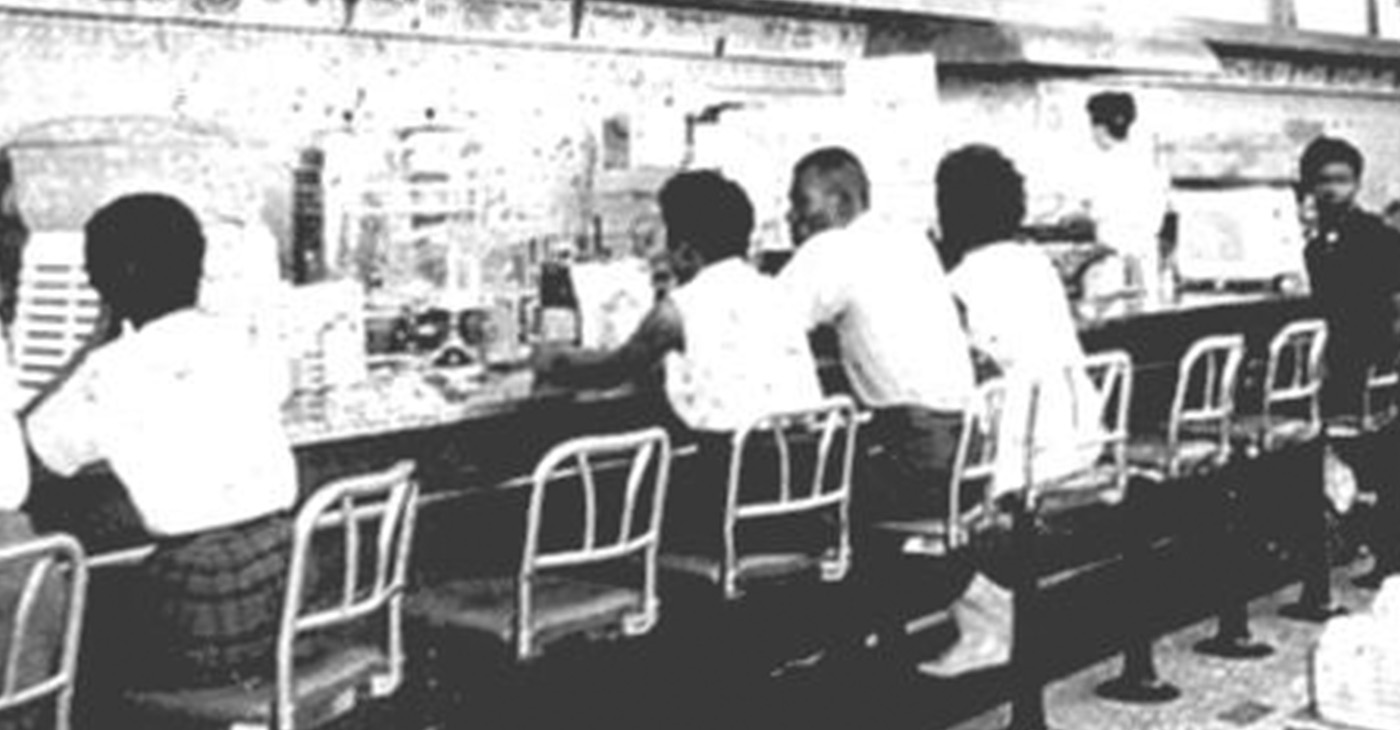
St. Augustine, Florida, the country’s oldest city, has always been a contradiction.
A Spanish settler founded it, and many believe it was home to the first Black Americans in the late 1500s.
Some of the oldest written records list the first birth of a Black child in St. Augustine in 1606.
Despite the rich African American history, St. Augustine remained one of the hottest beds of white supremacy and white privilege.
It was while in St. Augustine that Dr. Martin Luther King, Jr., urged President Lyndon B. Johnson to send federal troops to protect peaceful protestors, and to restore order.
The Ku Klux Klan had staged violent nighttime rides, including severely burning Robert Hayling, a Black dentist, and civil rights leader, during one of their infamous rallies.
The homes of Black families were torched, their cars firebombed by white supremacists. Police used dogs, hot sticks, and Billy clubs to attack peaceful Black protestors.
“All semblance of law and order has broken down in St. Augustine,” Dr. King declared in January 1964.
The declaration came shortly after the St. Augustine Four’s release from prison.
In July 1963, JoeAnn Anderson Ulmer, Samuel White, Audrey Nell Edwards, and Willie Carl Singleton started a sit-in protest at a Woolworth’s lunch counter in St. Augustine.
The group, along with several other teenagers, were arrested and taken to jail.
Prosecutors offered each plea deals in which they would only be released if they agreed to not participate in any more demonstrations.
They were also pressured to say that movement organizer, Dr. Hayling, was guilty of contributing to minors’ delinquency.
The St. Augustine Four were the only individuals to reject the plea deal. The four were sent to reform school and remained incarcerated until they were ordered released about six months later by Gov. Cecil Farris Bryant.
Edwards Hamilton got the attention of Dr. King and baseball superstar Jackie Robinson.
They flew Hamilton and Anderson to Connecticut to honor them for their heroic stand for freedom, justice, and equality.
Robinson and his wife, Rachel, took the two young ladies on a tour of New York’s Empire State Building and the World’s Fair in Queens.
They also recalled the day Deputy Everett Haney arrested them.
“You know what? If we kill these two n—–s and say they tried to escape … nothing would be said,” Anderson recalled the deputy saying.
Later, at reform school, Anderson noted the anguish they experienced. “We saw our mothers’ pain when they came up to that school [for a weekend visit] and seen our bloody knees. We had to scrub floors on our knees. We had to wax floors on our knees … until you see your face in them,” Anderson recalled.
In the 2011 interview, Anderson again set the record straight about Dr. Hayling, who later died in 2015 at 86.
“He was our advisor, youth advisor, and he just motivated us to want to go and make a difference in St. Augustine,” Anderson stated.
She also reminisced about her motivation to fight for civil rights.
“I didn’t too much care about my mom having to come and buy my school supplies at Woolworth’s because at that time, there was no Wal- Marts and it was just a downtown area with Woolworth’s and McCrory’s [dime store],” Anderson uttered in the 2011 interview.
“And they would buy our school supplies there, and there was a lunch counter over there and, uh, she would go in, come out, from walking through the park. Had to pass the fountain in the park because, it, uh, had ‘white only’ on it and, uh, she would go over there and buy my sup, school supplies, and she would also buy, you know, the accessories that you needed, you know, for school.
“But she couldn’t go over and get a drink of water. I had a problem with that, and I said to myself, ‘You know, there’s something wrong with this picture.’“
The St. Augustine Four joined a group of teens who gathered at St. Paul’s church near Hamilton’s home.
“I said, ‘I’m going to go down there and see what they’re doing.’ But all they were doing was gathering. Then Mr. Clyde Jenkins, Dr. Hayling, Ms. Lucille Plummer, and Ms. Fannie Wood started bringing us supplies to make picket signs.
“So, we made our little picket signs, and we would go downtown every day [until we were arrested at the Woolworth counter].”
A recent report noted how unkind the years had been to the four civil rights heroes. Willie Carl Singleton, who died at 41, and Samuel White, who died at 58, never spoke about their experiences.
JoeAnn Anderson Ulmer occasionally participated in remembrances of the movement with Audrey Nell Edwards Hamilton, but she moved out of St. Augustine to raise her family in Jacksonville, where she thought the racism would be less severe. She died in June at 73.
Edwards Hamilton still resides in Florida. She’s 73.



Be the first to comment